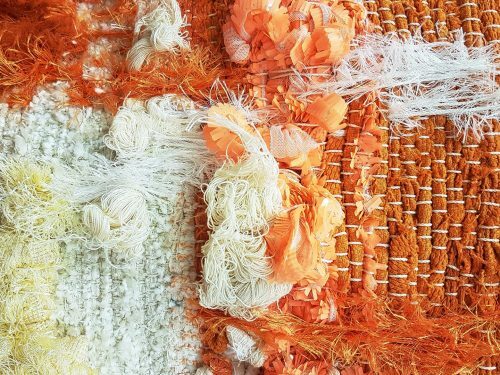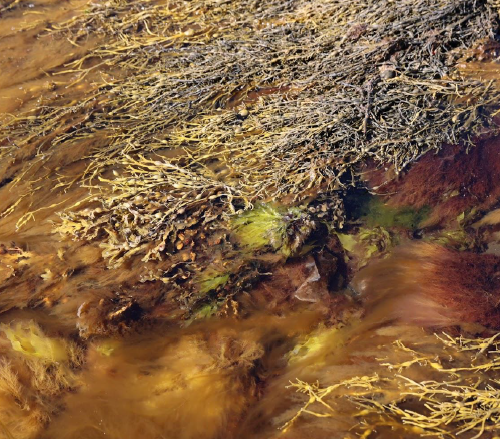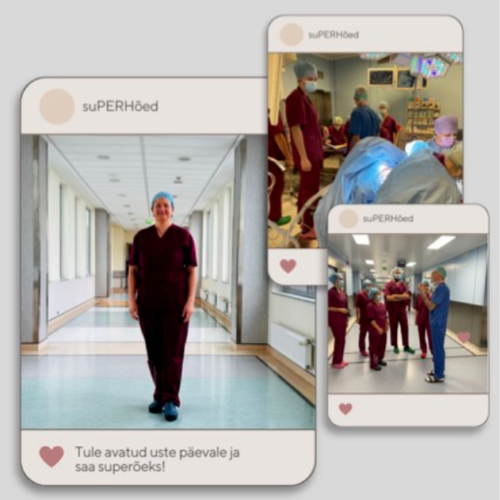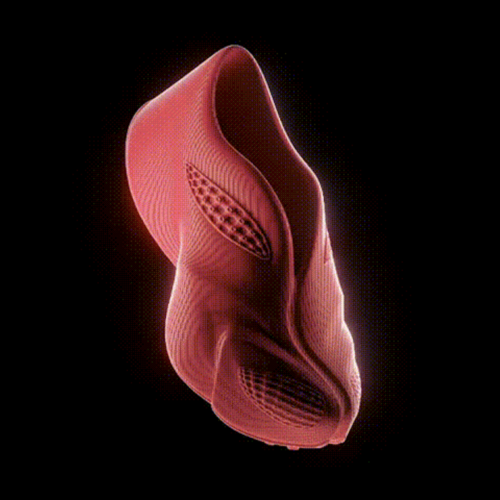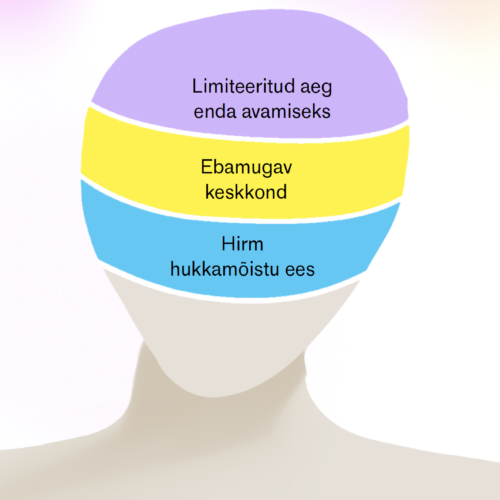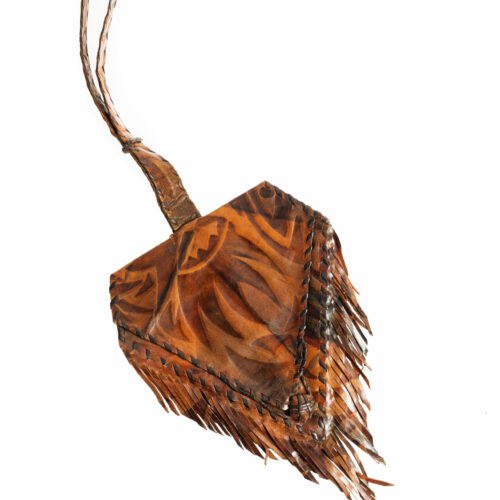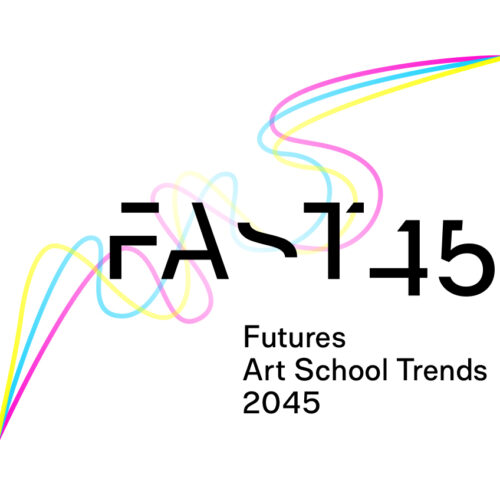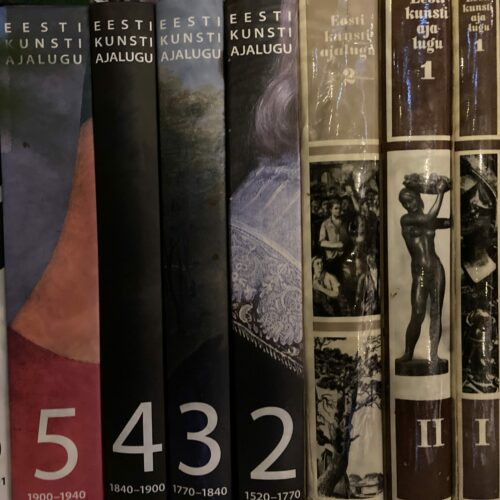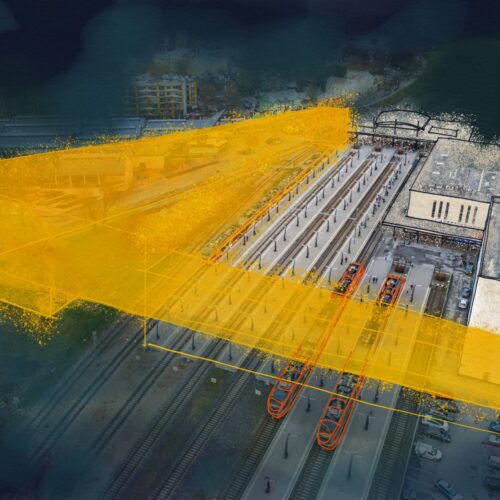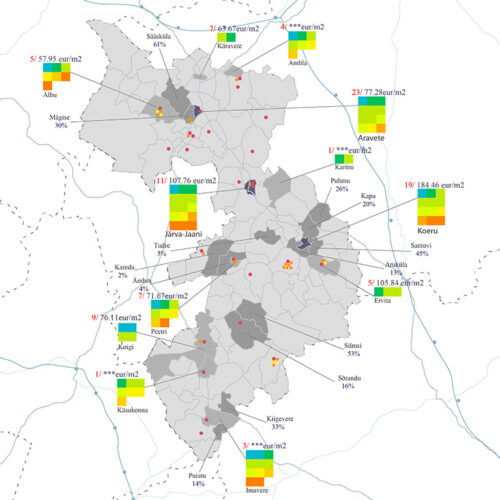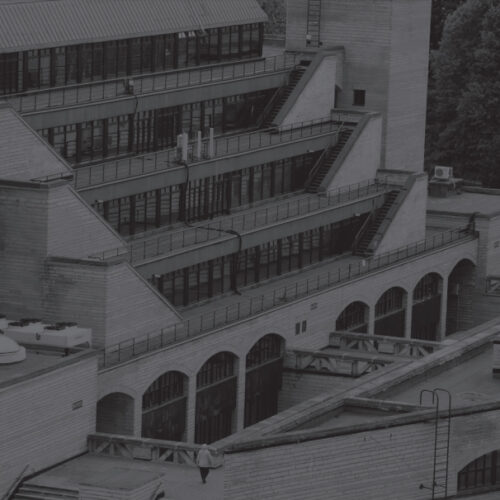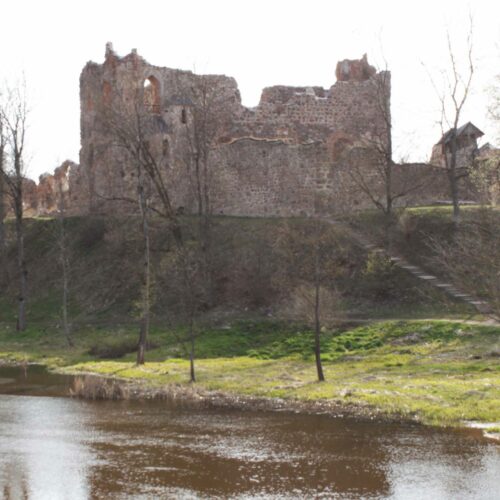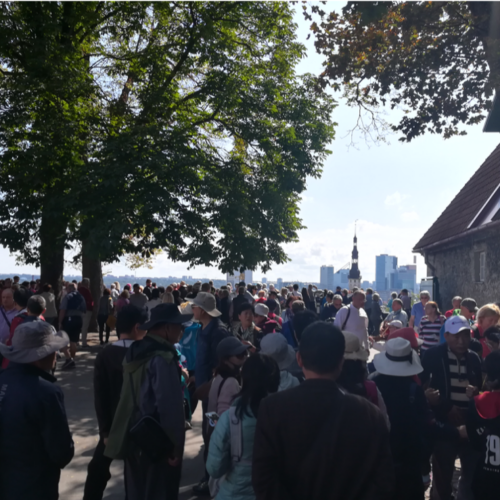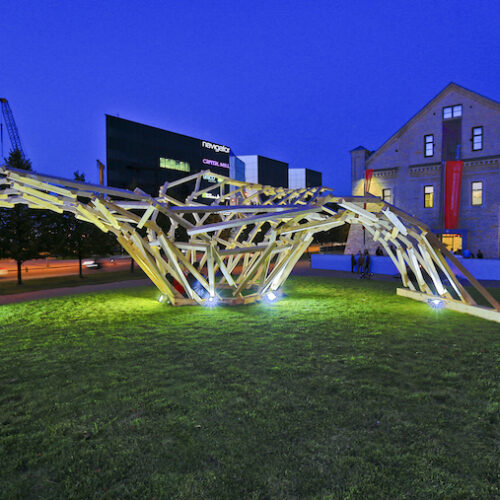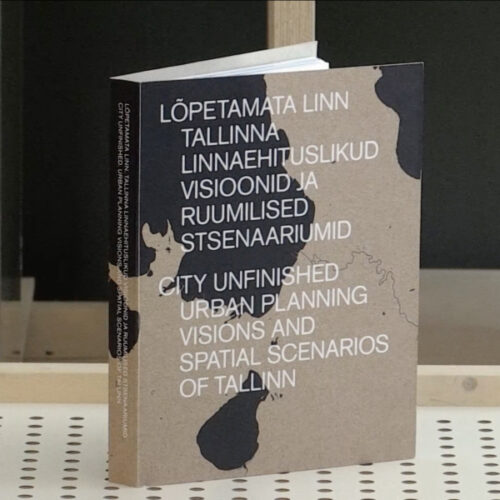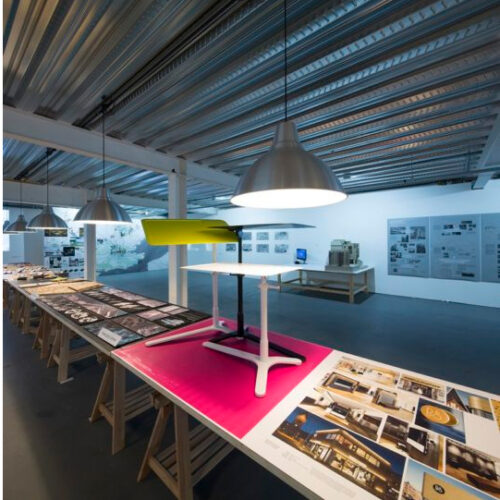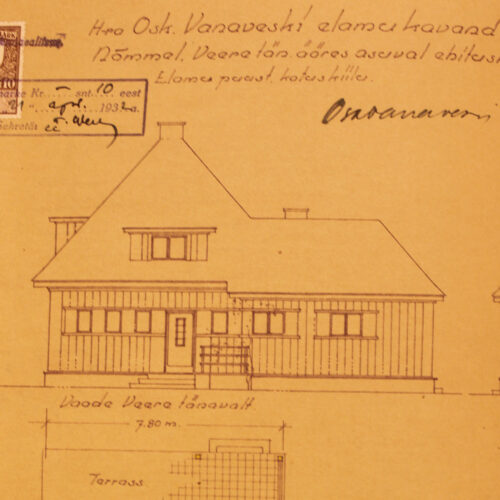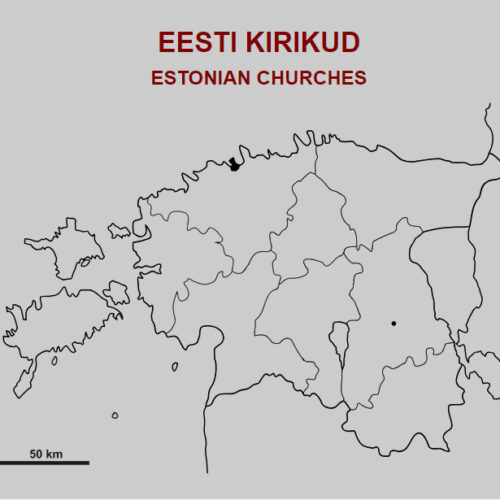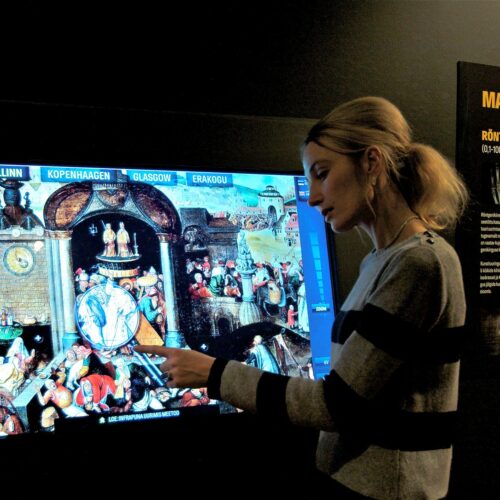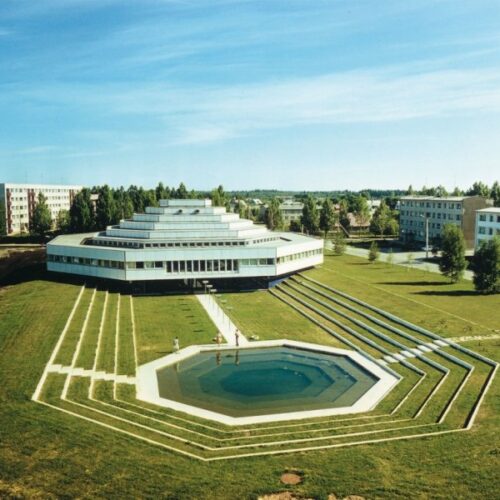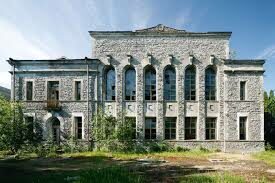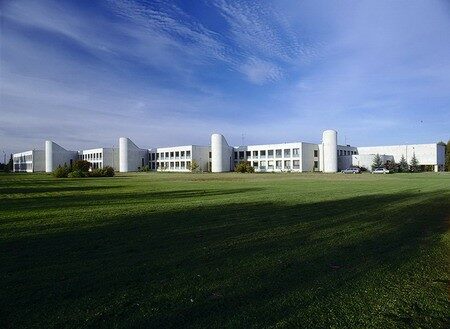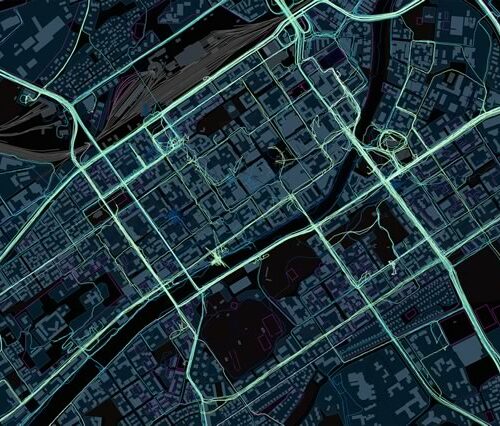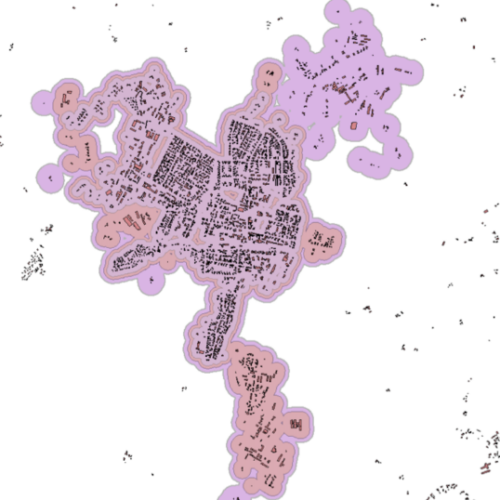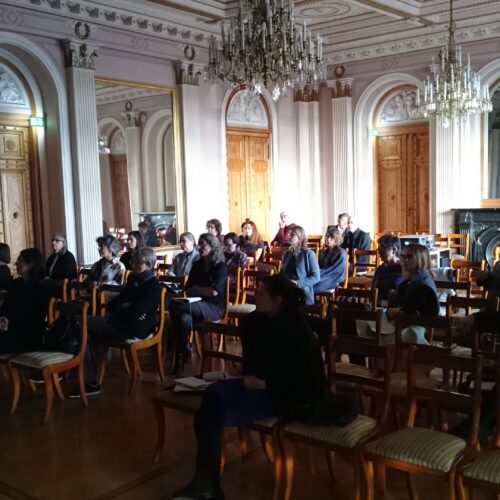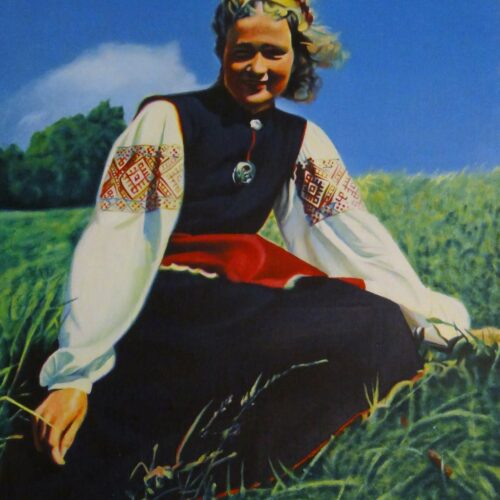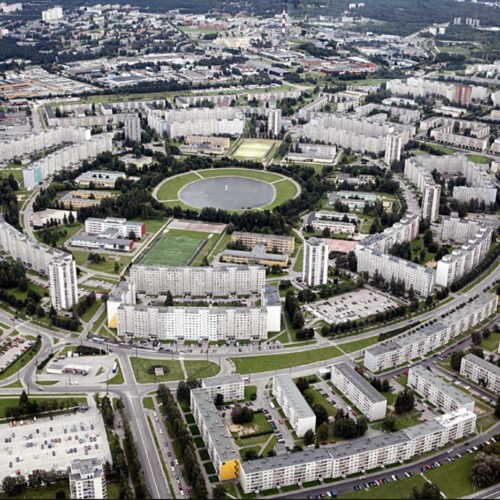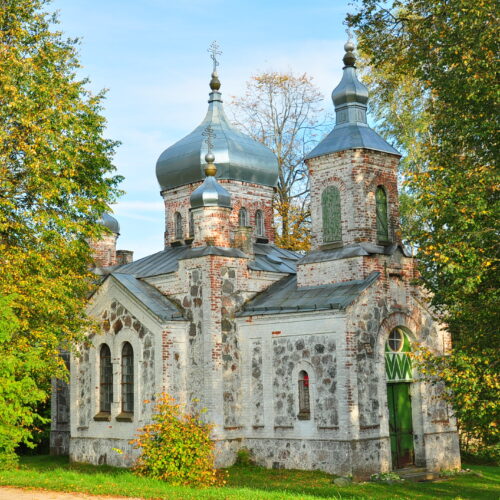Fashion for Change
The Fashion For Change (F4C) project targets small businesses, fashion designers and start-ups interested in finding a specialised market niche through responsible and environmentally sustainable products. These are the ...
Algae for design-led transition towards blue bioeconomy
The variety of blue bio-economies in the Nordic-Baltic region call for increased cross-sectoral cooperation if we are to truly envision practices capable of bringing about the transition towards more sustainable ...
Innovation in Healthcare
The healthcare sector, consuming a significant amount of resources and generating various types of waste, has become a public health concern in itself, especially with the outbreak of the Covid-19 pandemic. Using the ...
3D printing wearable shoes
During the project, a 10-day intensive 3D shoe printing course will be organized in Tallinn, where BA and MA students and lecturers from the Baltic and Nordic countries will participate.
Exploring Conditions for Community Care in one Neighborhood
How might peer support and community engagement enable a new approach to increasing low-cost and accessible mental health services in Estonia? This was the central question of a 10-month research project ...
INDEX- Connecting the Digital Audience with Creators at an Online Event
A creative research project seeks solutions to a haunting problem in digital art: How to create synergy between viewers and performers of digitally mediated art pieces. During this creative research, an interactive ...
Reconstruction and Creative Development of Historical Relief Printing
The starting point of the study was the relief printing technique used in Eduard Taska´s workshop in 1924, which was currently unknown but distinguished from the well-known cliché and linoprint by its two-dimensional ...
FAST45 – Futures Art School Trends 2045
In 2045 the world as we know it will look very different. Although we cannot predict the future, we can shape it. FAST45 (Futures Art School Trends 2045) recognises the potential of the creativity and imaginative ...
SENSORY DESIGN (EKA Creative Research Grant 2021-2023)
The project provides a great opportunity to address social, cultural, economic, and environmental sustainability through the integration of creativity and science in Abram's more-than-human world. The project explores ...
Style and Meaning: Disciplinary Conversions in Estonian Art History (EKA Research Grant, 2021–2022)
The purpose of the project is to concentrate on the critical concepts in Estonian art history, their role in the vocabulary and meaning making within the field over the course of the two last centuries. Our focus is on the concept of style that ...
Urban Study of the Baltic and Cargo Station Areas of Estonian Railways
Today, as the whole world becomes more and more mobile and a pandemic can shut it down, railway stations are not only places to change modes of transport, but also to do work and business, get together, shop and ...
Study of the collective farm areas of Järva municipality
Study of the collective farm areas of the general plan of Järva municipality. Living models of rural settlements The aim of the project is to address the topics and issues related to collective farm buildings in Järva municipality in the ...
Image or Sign: A Phenomenological Study of Pictorial Representation (MOBJD, 2017–2020)
The aim of Regina-Nino Mion’s project is to defend the originality of Edmund Husserl’s phenomenological account of pictorial ...
Readdressing Practices and Theories of Experimentation in the 20th- and 21st-Century Estonian Visual and Spatial Culture
The main aim of this project is to analyze experiment in Estonian visual and spatial culture, and to investigate its role in official economic and ...
Remembering Difficult Knowledge in the Baltic Visual Culture (MOBJD, 2019–2021)
This research program focuses on how difficult knowledge has been transmitted in the visual culture of the Baltic States, in works of visual art, documentary films and exhibitions about the Second World War and its aftermath. The analysis ...
FASHION SEEDS – FASHION SOCIETAL, ECONOMIC & ENVIRONMENTAL DESIGN-LED SUSTAINABILITY
Fashion SEEDS is a project led by world leading institutions in Fashion Education spanning over the course of three years. It seeks to develop a Design-led Framework for Fashion Design Education in Sustainability able to ...
Baltic German Identity and Heritage in Estonian Art Historiography (EKA Personal Grant, 2019–2020)
This personal research grant allows Kristina Jõekalda to go deeper into the interdisciplinary topics with which she has been dealing with in her previous articles, MA (2010) and PhD thesis (2020) and during the Estonian Research Council-funded ...
Tallinn Old Town: Sustainable Management and Presentation
The aim of the research is to analyse the impact of increasing tourism on cultural heritage and to find solutions to promote Tallinn Old Town as a UNESCO World Heritage Site, while preserving its dignity and values. The main goal of the project ...
Algorithmic Processes in Wood in Architecture and Design
Research staff: Sille Pihlak, Siim Tuksam Duration: 2016–2020 Financed by Estonian Academy of Arts
Unfinished City
Estonian Academy of Arts Faculty of Architecture alongside Kapitel (former E.L.L Real Estate) are initiating a research program entitled the Unfinished City. Invited researchers and specialists alongside faculty members, researcher fellows and ...
ADAPT-r
The ADAPT-r project is funded as part of the European Union’s 7th Framework Programme. The project is used to support practice-based research, organize international Practice Research Symposiums, exhibitions, seminars and much more. ADAPT-r puts ...
Involving the Client in the Design of Energy Efficient Buildings
Principal investigator: Renee Puusepp Research staff: Martin Melioranski; Taavi Lõoke (MA student); Kaiko Kivi (Mudel OÜ) Duration: 2016–2017 Financed by the State Real Estate Ltd. and the Estonian Academy of Arts
Compiling and Publishing of a Glossary of Architecture
The aim of the project is to compile and publish an illustrated comprehensive glossary of architectural terms to have a reliable source and manual for engineers, architects, art historians, conservators and others. The glossary would ...
Estonian Churches: Development, Improvement and Completion of the Construction History, Conservation and Research Database (phase 2)
The aim of creating the Estonian churches’ database was to provide an internet environment accessible to the scholars, conservators and the broader public and brings together all information on the ...
Development of the Discipline of Technical Art History for the Analysis of Cultural Heritage in Estonia
Technical art history is an interdisciplinary field of heritage studies combining methods from arts and sciences and uses contemporary information and communication technology (ICT) for acquiring, processing, archiving, contextualising and ...
Studies of the Estonian 20th-Century Built Environment
This project contains two main focuses: the study of the 20th-century construction history, construction materials and their preservation on the one hand, and the analysis of the heritage aspects in the planning policies ...
Mapping and Analysing Valuable 20th-Century Architecture (1870–1991) in Estonia
The 20th-century architectural heritage in Estonia is extremely diverse and it needs to be protected and recorded according to its typological diversity: starting from urban planning and landscaping to summer houses and micro ...
Inventory of 20th-Century Architecture
The vulnerability of the 20th-century architecture has been an undisguised problem since Estonia restored its independence. In 2007 the Ministry of Culture and the National Heritage Board initiated a programme “Mapping and analysing valuable ...
Synthetic Movement of Pedestrian Movement
This research follows the argument that pedestrian traffic in the city can be successfully simulated with agent-based computational models if pedestrians’ movement patterns are appropriately studied first. ...
Providing Spatial Guidance for the Development of Human Settlement
The Estonian Ministry of the Interior commissioned a study from EAA’s Faculty of Architecture for providing guidelines so that county plans can be used to shape settlement patterns. One of the functions of preparation of county plans is, in the ...
Historicizing Art: Knowledge Production in Art History in Estonia amidst Changing Ideologies and Disciplinary Developments (PUT, 2015–2018)
The main objective of the research project is to examine the processes in art historiography and knowledge production (writing of art histories, exhibition practice etc.) in Estonia from the 19th to the 21st century in an international ...
Patterns of Development in Contemporary Estonian Culture (MOBERC 2016-2017)
The aims of the program are: (1) to prepare and present a grant application to European Research ...
Visualising the Nation: Institutional Critique of the Twentieth-Century Art and Architecture in Estonia
The general objective of the project is to study the dynamics of national identity in 20th century visual culture and built environment ...
Spatial Environment in Estonia as an Object of Art Historical Research
The aim of this research project is to analyse the spatial environment in the context of transformed methods of art history after the cultural turn, to focus on new interpretative possibilities of architecture and the built environment as well ...
Orthodox People in Estonia and Orthodox Churches in Estonian Landscape (18th–21st Century)
The main goal of the project is to conduct an inter-disciplinary study of the Orthodox people and Orthodox churches in Estonia since the 18th c. The study of the Orthodoxy in Estonia during the second part of the 20th c. and in the beginning of ...

